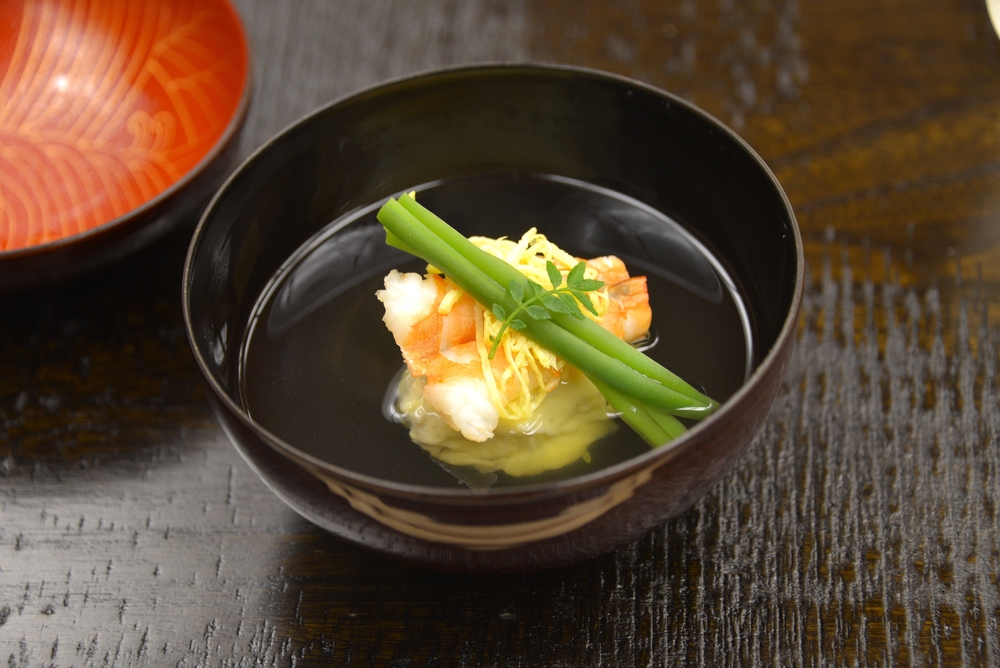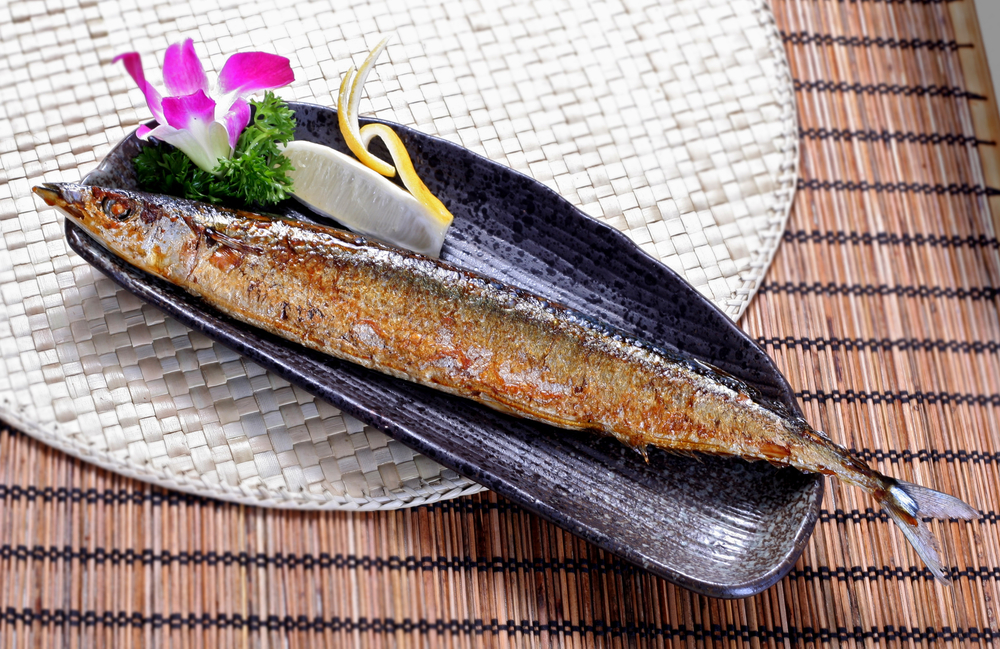The ultimate sophistication : the cuisine of Kaiseki
When we think about the high-end Japanese gourmet cuisine, it is Kaiseki or Kaiseki-ryori that comes to mind. Let's discover this traditional and sophisticated art higly appreciated not only in Japan but also by the people beyond the border.
Originally, the Kaiseki cuisine has its roots in the tea ceremony and it has been referred to be a very simple meal before the tea tasting. The meal was composed by rice, and soup and the 3 small accompaniments.
It is so frugal that the zen monks used to put the warm stone into the front folds of their robes, near their stomach to assuage hunger pangs.
It is that the kai (懐) means the breast and seki (石) means the stone.

The meaning of the word developed with the time goes by and it signifies as the traditional Japanese meals and it extends to the luxury dishes today. So it is imperative that we should understand that the cuisine of Kaiseki has been originally the dishes which should have been finished before the tea ceremony (also called cha-kaiseki).
Nowadays, the Kaiseki has more festively image and it would be served rather in the ryokan, traditional Japanese inns, or the one served at the occasion of important event.
The spelling has been also changed: we keep the same prononciation, but the "kai" corresponds today the caracter of "reunion (会)" and the "seki" is the "place (席)".
The new style of the cuisine Kaiseki is conceived to be the dishes to honour the important guests. We keep the principle of the familial dishes with some additional sophistication and elaboration. It is also essential to consider the seasonal ingredients in high quality.
The presentation is equally very important and it transforms into the lavish dishes!
The dishes should be served in the right order. The typical stages are as follows:
1) Appetizers
Zensai 前菜:
little appetizers

Suimono 吸物:
a clear soup

2) Main course
Sashimi 刺身:
sliced very fresh raw fish

Yakimono 焼物:
a grilled fish

Nimono 煮物:
a boiled dish

Agemono 揚げ物:
a fried dish

Mushimono 蒸し物:
a steamed dish, for example the chawanmushi, egg custard dish

Sunomono 酢の物:
a vinegared dish

Shokuji 食事:
the base of japanese meal: rice and soupe et pickled vegetable

Mizugashi 水菓子:
Japanese sweets, fruits, tea...

The traditional Japanese cuisine, or Wa-Shoku, has been classified in 2013 as one of the intangible cultural treasure of UNESCO. The honour has been granted for the good balance of the link between healty, natural, the religious and the classical culture.

